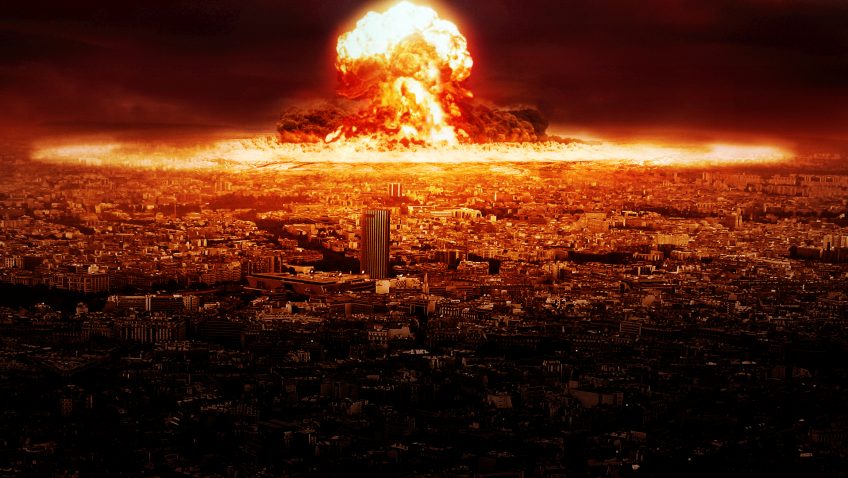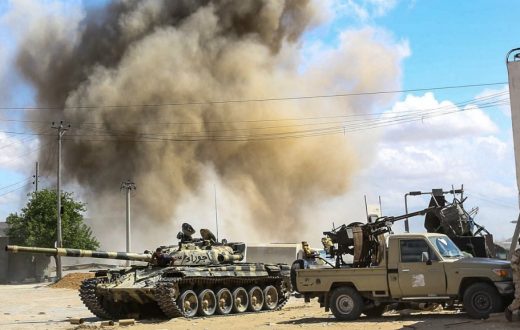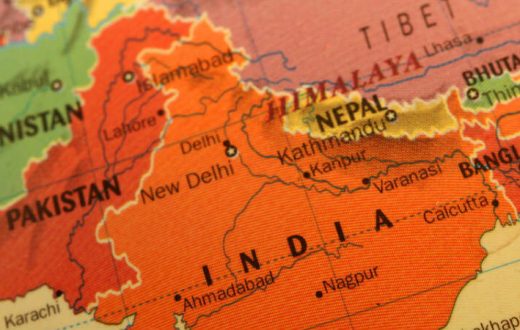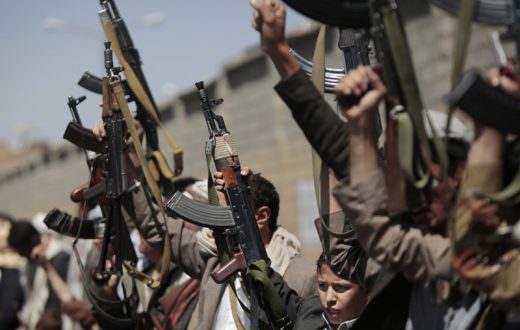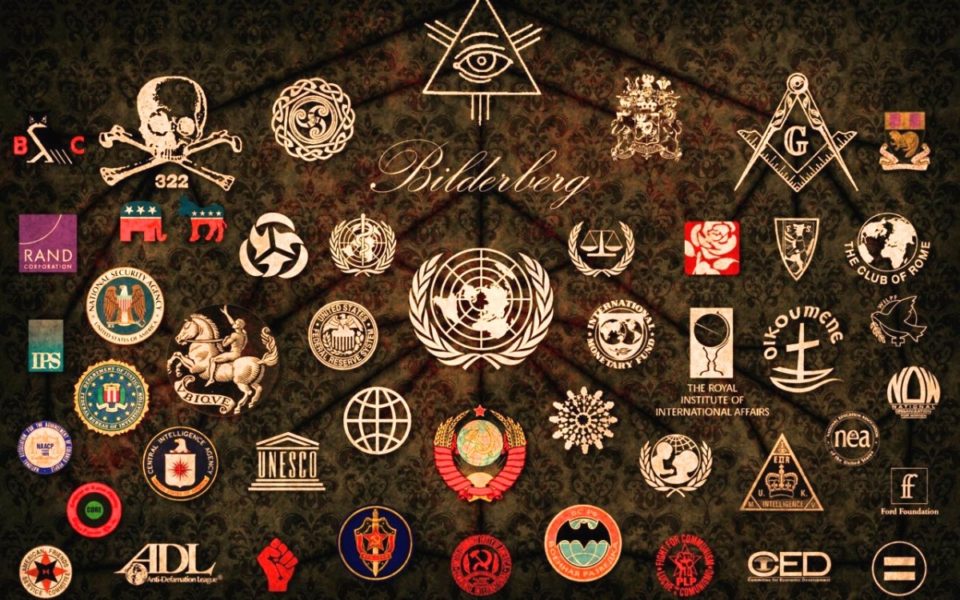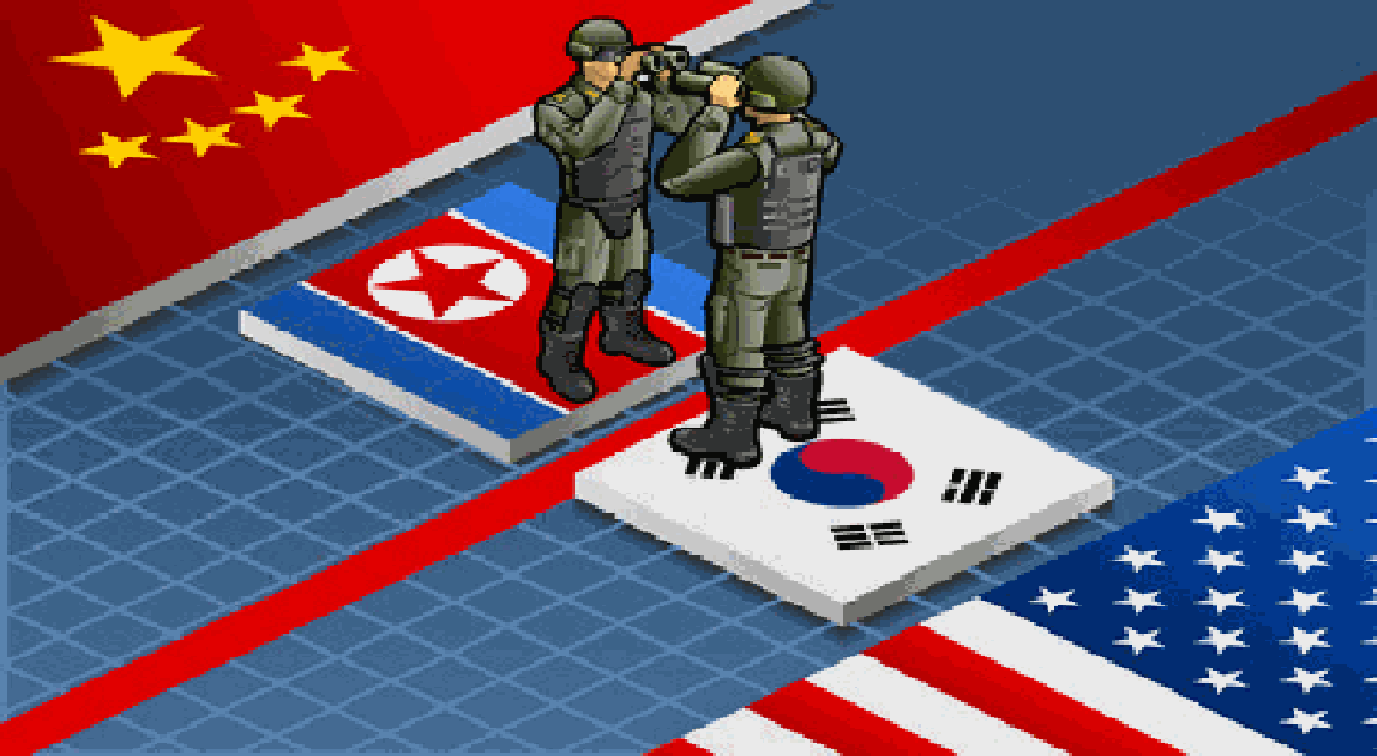MAD: Confidence to Aggression
It was the use of Nuclear weapon – doomsday machine – which brought an end to World War II. After the end of a total war initiated a limited war called cold war. It was between the communist block spearheaded by the USSR and capitalist block led by US. Both states were in the possession of nuclear weapon which prevented the two blocks from third world war. What was it which made such an adventure a herculean task on the part of either block? It was the concept of MAD. MAD stands for Mutually Assured Destruction. It was the fear of mutual suicide – which was made realistic by the presence of nuclear arsenals – which deterred USSR and US from taking any misadventure. The balance of terror succeeded in putting away the direct confrontation between Moscow and Washington D. C. until the end of cold war.
Proliferation begets proliferation. Apart from US and Russia, other states like France, UK, and China also acquired this dangerous and lethal nuclear technology. Proliferation didn’t stop there. It reached South Asia. The two sister-states of the former British Indian Empire – India and Pakistan – also got the nuclear technology through one way or other. Both states became nuclear weapon possessing states. And both are arch-rival since their independence in 1947 on the basis of Hindu India and Muslim Pakistan. Scot D. Sagon have proposed three models i.e. Security, Norms and Prestige model, to explicate the reason behind the desire of the states to build nuclear bomb. According to his analysis the pursuit of Indian nuclear program was because of the prestige. However, Pakistan made nuclear bomb solely due to security reasons to counter balance the already conventionally mighty cum nuclear equipped state of India.
Unlike cold war where due to the fear of mutual suicide both the superpowers avoided any direct conflict which might escalate into nuclear war, Pakistan and India got confidence to be more aggressive and bellicose. Having nuclear weapon in their arsenals both states became bold in waging conventional warfare against each other. Instead of abstaining the nuclear armed states, the presence of these lethal weapons provided confidence to adopt aggressive postures. Both states have left no stone unturned to wage a low level battle against each other. The deterrence theory has failed in case of India and Pakistan because since the achievement of nuclear weapons both states have carried out many offences. Right after the successful nuclear explosions in 1998, the Kargil episode happened. In 2001 India mobilized her whole war machinery to wage war against Pakistan in the aftermath of a terrorist attack on Indian parliament. Similarly Bombai attacks set the ground for war between the two states. Indian claimed surgical strikes as a response to militants attack at Uri which claimed the lives of 19 soldiers. Recently, in reaction to attack at Pulwama, Indian piolet crossed the line of control to retaliate and Indian officials claimed to have avenged the killing of 40 Indian soldier by eliminating the terrorist’s sanctuaries inside Pakistan. While Pakistani officials refuted the claim.
Pakistan’s use of sub-conventional warfare like proxies in Kashmir and India resulted in the Indian formulation of ‘Cold Start’ doctrine to counterbalance the Pakistan’s proxy moves. The doctrine delineated the response of the Indian against any proxy attack on the behalf of Pakistan. According to Cold Start doctrine, India would carry out quick conventional response in the event of terrorist attack. Hussain Haqqani writes in his book, Reimagining Pakistan, “Pakistna began developing low-yield, tactical battlefield nuclear weapons such as the Nasar missile, to provide flexible deterrence options, in response to India’s Cold Start doctrine”. The problem with tactical nuclear weapons is that they are made available to the ground troops which are prone to unauthorized, and misuse.
Looking at the above mentioned episodes of aggression and belligerency, it goes without saying that the theory of nuclear deterrence is simply not working in south Asia. Question arises, then what is it which stop the two nuclear states from ushering in the cold winter upon the region? The question is answered by Feroz Hassan Khan (Ex Brigadier National Command Authority), according to him it is the intervention of US that prevent to two states each time from going nuclear. Minus the intervention of US, the two states would escalate the conventional war into nuclear one. If it is so, consider a situation where US refused to mediate between the two states in time of a crisis? Or what if the response of Washington came late unexpectedly in the hour of crisis?
Military strategist both in Pakistan and India believe that they know the threshold between the conventional warfare and nuclear escalation. They are confident that they could maintain the balance between the low level instability and overall stability. But what they don’t know is that miscalculation, and misperception, can result in the low level instability dominating the overall stability, crossing the threshold, erasing the difference between conventional and nuclear warfare and ushering in the Nuclear Winter in the region.

